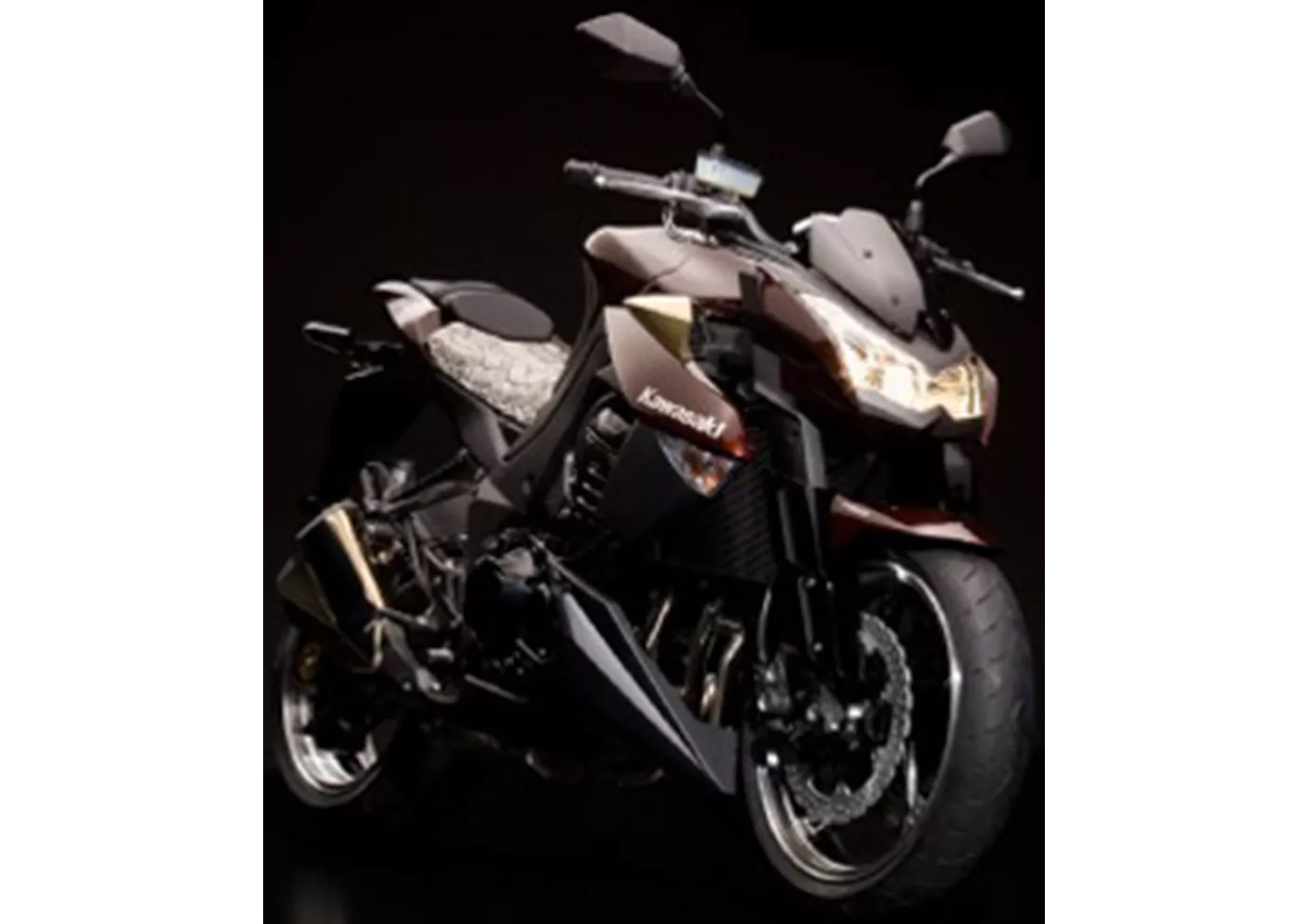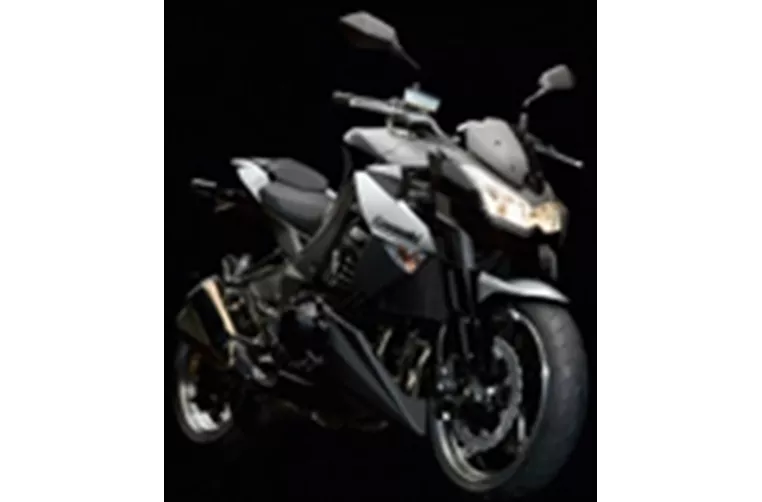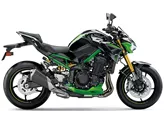Kawasaki Z 800 2013 vs. Kawasaki Z1000 2010

Kawasaki Z 800 2013

Kawasaki Z1000 2010
Overview - Kawasaki Z 800 2013 vs Kawasaki Z1000 2010
The Kawasaki Z 800 model year 2013 and the Kawasaki Z1000 model year 2010 are both naked bikes with similar engine types, in line and liquid-cooled. However, there are several differences between the two models.
In terms of engine power, the Z1000 has a higher output with 138 HP compared to the Z800's 113 HP. This means that the Z1000 will provide more acceleration and overall performance. Both bikes have four cylinders, ensuring smooth power delivery.
The suspension setup on both bikes is similar, with upside-down telescopic forks at the front. However, the Z1000 offers more adjustability with compression, preload, and rebound adjustments for both the front and rear suspension. This allows riders to fine-tune the suspension to their preferences and riding style. The Z800, on the other hand, only has rebound adjustment for both front and rear suspension.

Kawasaki Z 800 2013
In terms of the chassis, the Z800 features a steel frame, while the Z1000 has an aluminum frame. The aluminum frame on the Z1000 provides a lighter weight and more rigidity, resulting in better handling and maneuverability. The Z800's steel frame, although slightly heavier, still offers good stability and durability.
Both bikes have double disk brakes at the front with four pistons. The Z1000, however, has radial technology in its front brakes, which provides better braking performance and more precise control. The Z800's front brakes use petal technology, which also offers good stopping power but may not be as advanced as the Z1000's brakes.
In terms of dimensions and weights, both bikes have a similar front tire width of 120 mm. The Z800 has a rear tire width of 180 mm, while the Z1000 has a wider rear tire at 190 mm. The wheelbase is almost the same for both models, with the Z800 at 1445 mm and the Z1000 at 1440 mm. The seat height is slightly higher on the Z800 at 834 mm compared to the Z1000's 815 mm. The Z800 also has a higher kerb weight at 229 kg, while the Z1000 is slightly lighter at 221 kg. Both bikes have a fuel tank capacity of 15-17 liters.

Kawasaki Z1000 2010
In terms of strengths, the Z800 has an eye-catching, chunky look and confident acceleration. Its relaxed geometry and powerful brakes make it a comfortable and capable ride. On the other hand, the Z1000 offers satisfaction in the saddle with plenty of power and a pure pull. Its good chassis and comfort, along with its sophisticated design, make it a desirable choice. The Z1000 also has tightly tuned suspension elements, resulting in more direct handling.
As for weaknesses, the Z800 has limited freedom of movement for the legs, which may be a concern for taller riders. The Z1000, although generally praised, has slightly suboptimal brake inputs, although still quite acceptable.
In conclusion, both the Kawasaki Z 800 2013 and the Kawasaki Z1000 2010 are impressive naked bikes with their own strengths and weaknesses. The Z800 offers a confident and comfortable ride with its eye-catching design and powerful brakes. The Z1000, on the other hand, provides a more powerful and exhilarating experience with its higher engine output and more advanced features such as radial brakes. Ultimately, the choice between the two models will depend on the rider's preferences and priorities.
Technical Specifications Kawasaki Z 800 2013 compared to Kawasaki Z1000 2010
Pros and Cons in comparison
Pros and Cons in comparison
Kawasaki Z 800 2013

Overall, the Z800 delivered a sensational performance. Considering the fact that nothing was changed or optimised on the vehicle apart from the Remus rear silencer, a super final result.
Kawasaki Z1000 2010

Some made a noble impression at first glance, but the Japanese managed to screw up the whole bike by fitting a single rancid part (exhaust, indicators, swingarm, fork,...). Kawasaki brings the Z 1000 in 2010 all new and all serious.
Price Comparison Avarage Market Price Kawasaki Z 800 vs Kawasaki Z1000
There are a few key differences between a Kawasaki Z 800 2013 and a Kawasaki Z1000 2010. There are the same number of bikes of both models available on the 1000PS.de marketplace, specifically 7. It takes less time to sell a Kawasaki Z 800 with 56 days compared to 65 days for a Kawasaki Z1000. Since model year 2013 1000PS.de editors have written 11 reviews for the Kawasaki Z 800 and 41 reviews for the Kawasaki Z1000 since model year 2005. The first review for the Kawasaki Z 800 was published on 06/09/2012 and now has more than 8,100 views. This compares to more than 5,800 views for the first review on Kawasaki Z1000 published on 02/09/2002.






















